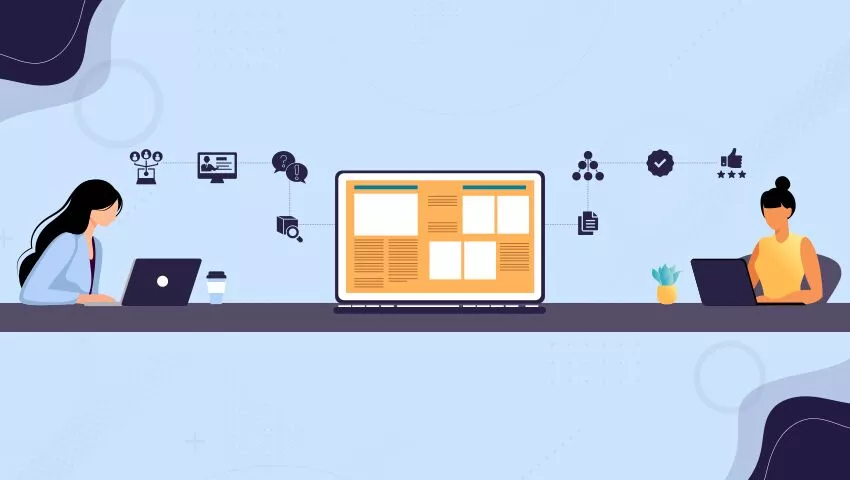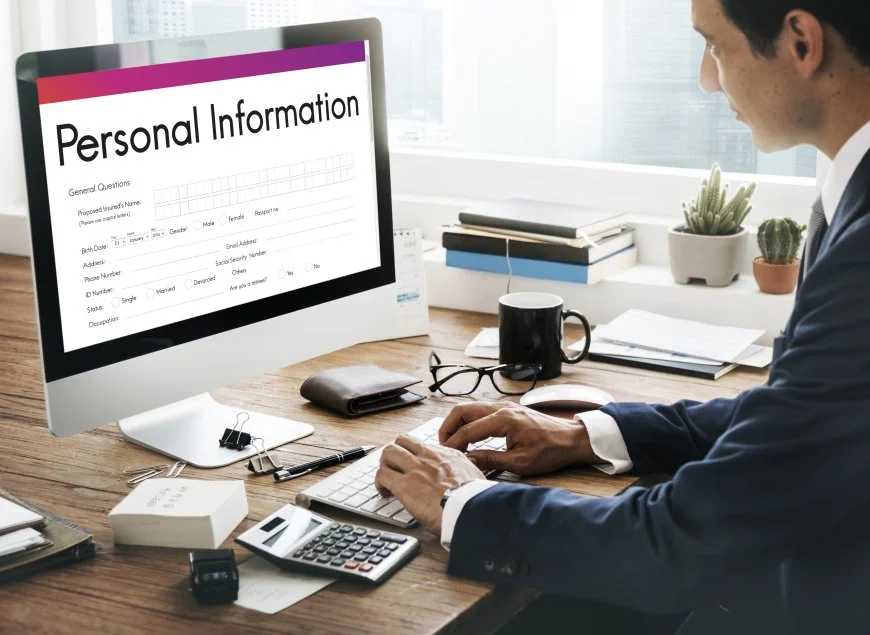All You Need to Know about a Customer Self-Service Portal
- CRMJetty

- Mar 29, 2023
- 3 min read
A customer self-service portal, as the name suggests, is a website or an application that allows customers to help themselves. Businesses leverage customer portals to help their customers find answers to their common queries and questions easily on their own. Customers may also place orders, raise complaint tickets, track their progress, etc. without any need for human support.
It is a win-win situation for both your organization and your customers. Because for you, it takes away the hassle of handling redundant queries and complaints. For customers, it helps solve most of their problems themselves which saves their time and engages them.

Elements and Features to Consider When Building a Customer Portal
When you build a customer portal, there are a few elements and features you can not miss!.
1. Online Community
When you build your own customer portal, having an online community for your customers is important. This way, you allow them to discuss your products, their features, and share their experiences via forums. User-generated content can be a great way to boost your credibility via good reviews and recommendations.
One thing you need to make sure is to moderate the content after regular intervals. Check it for any spams and violation of language guidelines, respond to your customers’ frequent queries, questions, or complaints.
2. Ticket Generation
Your portal should provide your customers with the ability to generate support tickets. When you build a customer portal, it should allow customers to generate a new support ticket, track an existing ticket’s progress, and post relevant comments on a ticket if required.
3. Product Documentation
Online product documentation (primarily user manuals) is a feature you can’t miss out on when you build a customer portal. This is because no customer likes to wade through the long paper manuals that come with products.
As the complexity of a product increases, you can also provide other forms of media like videos on common issues, top-used features, feature-wise use cases, etc. to supplement it.
Well-maintained online product documentation reduces not only your customers’ but also your work.
4. Online Training
The concept of online training has lately been highly popular. Make sure that you provide online training to customers when you build a customer portal. The ways to provide the online training can vary but online training is a must.
You can develop an entire e-learning environment or create small tutorials and how-to videos about implementation steps, troubleshooting issues, etc. However, keep your language and training material generic and easily consumable.
Remember – your purpose is to simplify your customers’ work, not make it complex. So, stay away from excessive technical jargon and technical language while preparing your training material.
5. Search Box
A search box is a crucial feature to include when you build a customer portal. It helps save a customer’s time and redirects them to what they are looking for. One thing to note here is that the customer’s search should return the exact match of their search.
It can be a community post, product manual, a release note, or anything depending on what the customer types. This implies that a search operation shouldn’t always redirect a customer to a knowledge base but to the best relevant match.
6. FAQs
When you build a customer portal, an exhaustive list of frequently asked questions is a must. FAQs let customers click on the link to a particular issue they are facing out of the list available and get the solution.
Keep revising your FAQs timely to keep them updated and relevant. Filter out the questions pertaining to products that are no longer in use or very old versions of a product. You can also find out details like most common search strings and top-used articles to create useful FAQs.
7. Decision Tree
A decision tree is basically a series of indexes to help customers narrow down content options and get what they need fast. For example, you can keep product names in the top tier. The second tier could comprise options like implementation, configuration, etc. for each product. The third tier could consist of more options specific to each product.
8. Chat Bots
AI-based chatbots are getting popular with each passing day. Virtually every site and service portal provides a chat bot option to help customers connect in real-time today. Chatbots have natural language processing capabilities which help them learn with more interactions with customers and enhance their quality of replies.
Looking to build a customer portal with the best features to suit your business logic? With CRMJetty by your side, you can stay assured of getting the best-fit portal for you.
Original Source: https://www.crmjetty.com/blog/how-build-a-customer-portal/




Comments